Susa Persia; One of the Oldest Cities in the World
One of the world's oldest cities is Susa city, also known as Susa Persia.
Susa: The Ancient City of Persia
It is fair to assume that the town, which is located between the rivers Karkheh and Dez (one of which is the ancient Eulaeus), was Elam's political capital by the fourth millennium BCE based on the discovery of urban buildings about 4000 BCE.
Where is Susa of Persia Today?
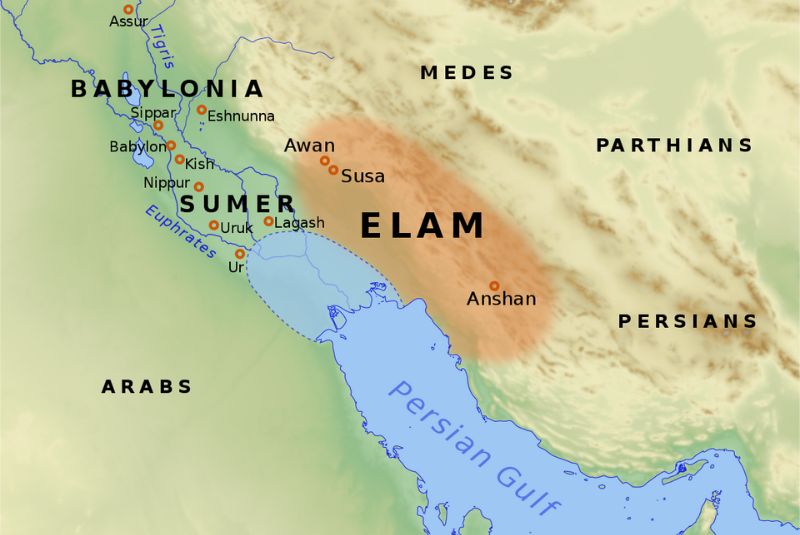
Susa is The property includes Ardeshir's palace on the opposite bank of the Shavur River as well as a collection of archaeological mounds rising on the eastern side of the river, all of which are situated in the lower Zagros Mountains in the southwest of Iran. Administrative, residential, and palace buildings are among the architectural monuments that have been unearthed. From the late 5th millennium BCE until the 13th century CE, Susa comprised many levels of overlaid urban communities. The location provides an excellent testament to the long-gone Elamite, Persian, and Parthian cultural traditions.
The Karkheh and Karun rivers and the Zagros mountains serve as the western and eastern limits of the Susiana Plain, where the ancient Susa city is situated. The Susiana Plain receives irrigation from the Karkheh Kur (Choaspes), Ab-i Dez, and Karun rivers. Modern Shush, a town in the Khuzestan region of southwest Iran, surrounds the site.
| Discover: Top 10 Historical Sites of Iran
Susa Persia History

One of the world's oldest towns, Susa, is still partially populated as Shush in the Iranian province of Khuzestan. However, that early society developed from a considerably older one, reaching back to around 7000 BCE. Excavations have shown evidence of continuous occupation dating back to 4395 BCE.
You may ask what the meaning of Susa is; Susa, initially known to the Elamites as "Susan" or "Susun," was a principal city of the Elamite, Achaemenid Persian, and Parthian empires. The city was known as Sousa in Greek and Shushan in Hebrew. It was claimed to be the home of both Nehemiah and Daniel, and it is referenced in the Bible in the books of Daniel, Ezra, Nehemiah, and—most significantly—the Book of Esther.
Although Shush currently occupies most of the site of the old city, there is a neighbouring archaeological site with several unexcavated ruins. The burials and the region surrounding the temple/palace were excavated in the 19th and 20th centuries CE, but more work has to be done. According to UNESCO, the site comprises many levels of urban habitation spanning from the 5th millennium BCE to the 13th century CE, and "the excavated architectural monuments include administrative, residential, and palace structures." The ancient Susa Persia was situated between the contemporary rivers Karkheh and Dez, which carry mud from the Zagros Mountains, making the area one of the most fertile in the region (these rivers are the Choaspes and Eulaeus referenced in the Biblical Book of Daniel 8:2 when Daniel got his vision).
| Learn more: Shushtar Hydraulic System | Ancient Engineering Wonder
The city of Susa Persia is of particular historical importance as it offers significant evidence of the evolution of cultures in the area over an extended period. It was the political centre of Elam early in the 4th millennium BCE and is home to a citadel that dates back to this period, as well as the ruins of buildings from the Persian, Macedonian, Syrian-Greek, and Parthian periods. In 2015 CE, UNESCO designated it as a place of Outstanding Universal Value.
King Enmebaragesi of the Sumerian city of Kish defeated the Elamite kingdoms of Awan and SUSA in a battle in 2700 BCE (THE FIRST RECORDED WAR IN THE HISTORY OF THE WORLD).
As punishment for the Elamite invasion, Hammurabi of Babylon (r. 1792-1750 BCE) invaded the city in around 1764 BCE and carted off the sculptures of the city's gods. Between 645 and 640 BCE, the Assyrian monarch Ashurbanipal (668–627 BCE) utterly devastated Susa Persia to exact revenge on the Elamites for alleged wrongs the Mesopotamian people had endured. After Ashurbanipal's siege, the city was repaired and populated for a while until being taken over by Cyrus the Great of Persia (r. 559–530 BCE) in 540 BCE. The Persian monarch Darius the Great (522-486 BCE), who preferred it to his other mansions, restored and extended it after establishing it as the capital of the Persian Empire under Cambyses II (who died in 522 BCE).
| Discover: Firuzabad | The Ancient Capital
Although Pasargadae, Persepolis, and Ecbatana were all Persia's capital cities, Susa Persia was perhaps the most well-known and frequently discussed. Because of its location, Greek historians were unaware of Persepolis until Alexander destroyed it (r.336-323 BCE). Susa joined the Seleucid Empire following Alexander the Great's destruction of the Achaemenid Empire and victory over it.
Then known as Seleucia on the Eulaeus, Greek architecture and style started to coexist with earlier Elamite and Persian constructions. Until it was taken over and completely destroyed by Muslim forces in 638 CE, the city was a significant hub for thought, religion, and culture. It was rebuilt once more and flourished until Mongol invaders destroyed it in 1218 CE.
Who Built Susa in Iran?
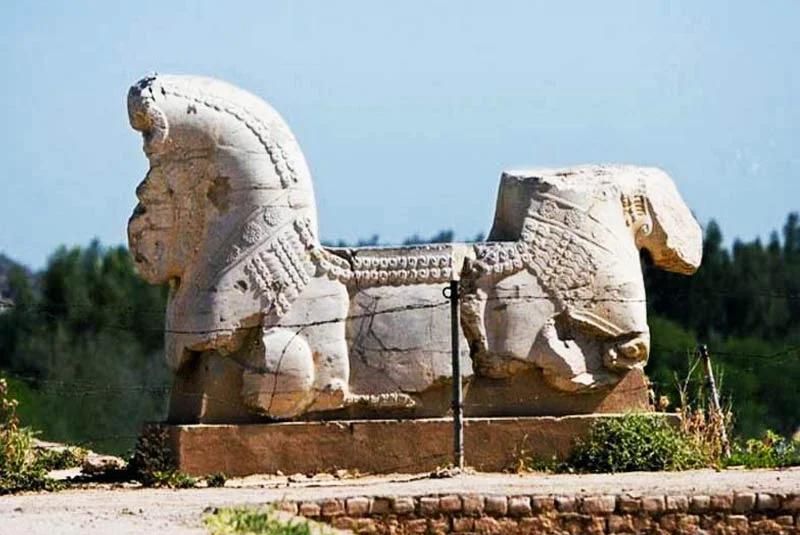
Around 7000 BCE in the Neolithic Age, Susa was a small village; by 4200 BCE, it had grown into a major city. At some time during its growth, the inhabitants built a vast platform that served as the foundation for a temple, perhaps dedicated to the god Inshushinak, the principal god of Susa. Graves were excavated all around the platform, and sacrifices were offered to both the deity and the dead since Inshushinak was the god of darkness and the afterlife. Ceramic containers representing about 2,000 of these contributions have been discovered in one area alone.
The Metropolitan Museum of Art Claims:
"The cemetery also had about fifty-five hammered metal "axes," in addition to pottery. They were presumably employed as hoes since they resemble stone versions extensively discovered at current locations. More copper may be found in these artefacts than in any other finding from the same period from any other place. They undoubtedly represent a considerable wealth."
Although photos from the period show women working in textiles, it appears that the main areas of employment in the city at this point were ceramics, agriculture, and metallurgy. The Proto-Elamite Period (c.3200-c.2700 BCE) gave way to the Old Elamite Period (c.2700-c.1600 BCE), during which pottery improved and trade relations with other civilizations were solidified as Susa Persia expanded and the smaller settlements surrounding it were abandoned.
North of Susa Persia, Awan was the more significant of the two cities at first as a governmental and religious core. The first known war in history, fought in 2700 BCE, was won by King Enembaragesi of the Sumerian city of Kish over the Elamites of Awan and Susa, briefly establishing a Sumerian culture in the area. However, the kings of Awan could later negotiate their independence with Sargon's grandson Naram-Sin (r. 2261-2224 BCE) during a time when Akkadian authority was fading. Sargon of Akkad (r. 2334-2279 BCE) then annexed the territory into his Akkadian Empire.
| Read more: Why Did Persia Change Its Name to Iran?
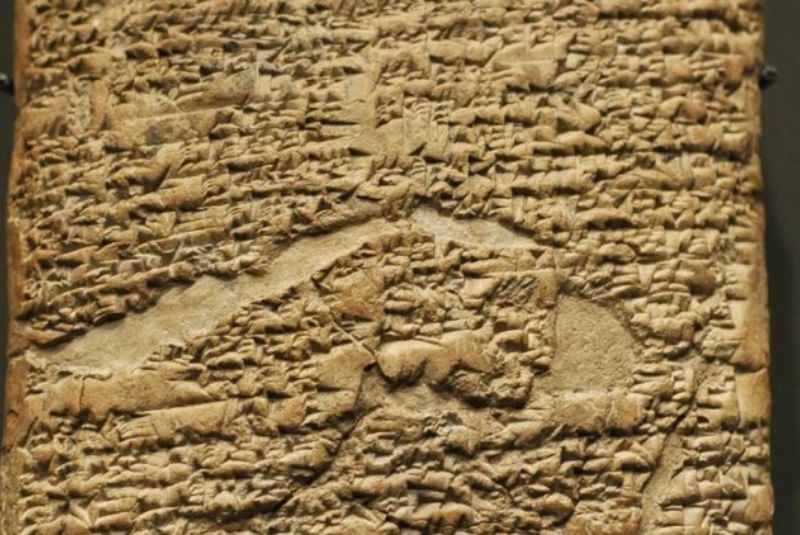
However, Susa's independence would not last long as part of Shulgi of Ur's expansionist strategy (2029–821 BCE). The city was once more exposed to Sumerian culture by Shulgi, whose government prioritized cultural transmission. However, the Elamites and nomadic Amorites of the area resisted Sumerian efforts and threatened Ur whenever they felt powerful enough; they finally succeeded in overthrowing Sumerian rule during the latter part of Ibbi-reign Sin's (1963–1940 BCE) when the Elamites overthrew the Third Dynasty of Ur.
However, Ur continually lost influence and reputation between the reigns of Shulgi and Ibbi-Sin, and when Hammurabi of Babylon unified Mesopotamia, he captured Ur. Susa Persia was one of the Elamite cities that the Babylonian monarch took control of in reaction to the Elamite assault in around 1764 BCE. The sculptures of the goddesses and their priestesses were taken back to Babylon after the city was set on fire. According to Susan Wise Bauer, "This was a respectful and religious version of kidnapping and ravishing your enemy's women" (172).
Following the death of Hammurabi in 1750 BCE, Awan and Susa grew in strength as Babylonian dominance waned. Awan-Susa conquered the southern city of Anshan in 1500 BCE, and the kings of the time would sign their names as "King of Anshan and Susa" as a statement of the region's cohesion and might. The Middle Elamite Era, when Susa and Elam as a whole were at their height (c. 1600–c. 1100 BCE), is defined by historians as commencing with this occurrence.
| Also read: Top 20 Caravanserais in Iran that will WOW You
Middle Elamite Era
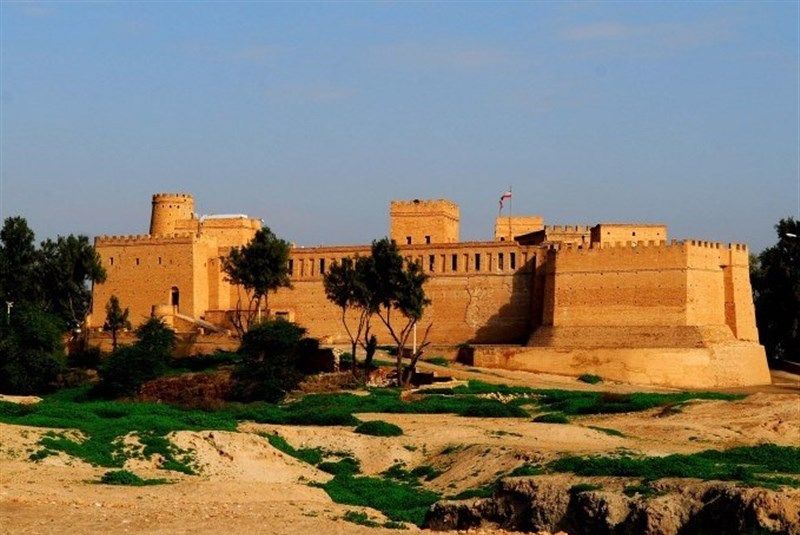
During this period, Elamite writing superseded Akkadian in official documents, and Susa became the capital of the Susiana area (which corresponds to the Province of Khuzestan in modern-day Iran). By around 1200 BCE, the Susa monarchs had gained total dominance over their territory and started their own conquest and expansion campaign, as well as massive construction projects.
The city of Dur-Untash and its temple complex were the most well-known of these endeavours. They were constructed by the Elamite monarch Untash-Napirisha (r. c. 1275-1240 BCE). Untash-Napirisha built a new city around his massive temple complex and placed it 19 miles (31 km) southeast of Susa, Persia, for unknown reasons.
Untash-Napirisha presumably established Dur-Untash due to Susa's current level of development. Following his passing, Susa's aristocracy ceased building at Dur-Untash, although religious ceremonies carried on there. According to the Metropolitan Museum of Art, copper discs have been discovered in Susa, and they were "presumably worn by priests during some rites" and interred with their owners (30). These discs demonstrate the city's affluence during this period, just as the copper "axes" previously mentioned.
Susa Persia thrived and developed throughout the Middle Elamite Period, as the nation's capital and as a commercial and religious hub. As noted by researcher Wolfram von Soden, the best translation of the name of these craftsmen is "specialists," who had studied in-depth under a master. The region's top artisans were hired to construct large structures and monuments (104-105). This era's monarchs enhanced the city's glamour, but perhaps none more so than those of the Shutrukid Dynasty (c. 1210-1100 BCE).
Shutruk Nakhunte (about 1185–around 1150 BCE), who invaded Mesopotamia, vanquished the Kassites, and founded the Elamite Empire, is the most well-known of these monarchs. He is most known, however, for taking Sippar and Babylon in around 1150 BCE and returning to Susa Persia with the statue of the deity Marduk and the stele of the Hammurabi Code. Throughout the Shutrukid Empire, the Elamite Empire persisted, but it gradually lost strength and faded away into oblivion in the early Neo-Elamite Period (c. 1100-c. 540 BCE).
| Suggestion: Alamut Castle | Mythic Mountain Stronghold
The Neo-Elamite Era and Foreign Incursion
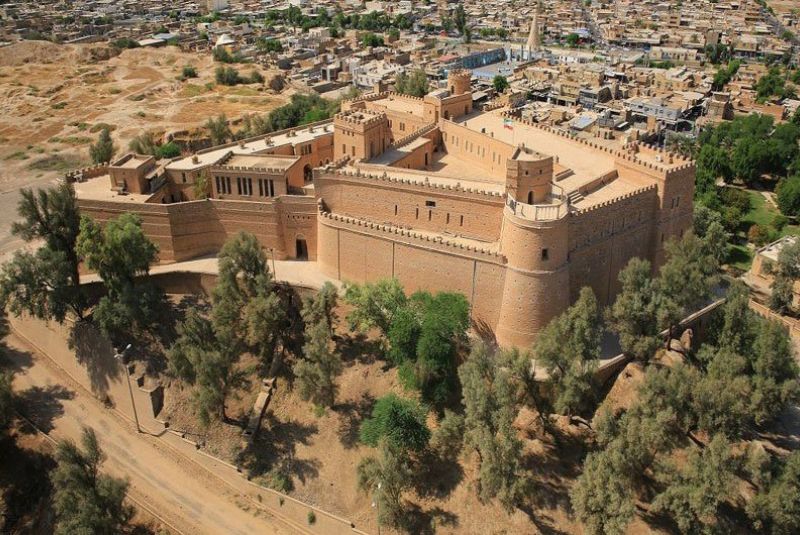
Since many of the documents from the early Neo-Elamite Period have been lost or are yet unexplored, little is known about them. There is little information available, although evidence suggests early conflicts with the Neo-Assyrian Empire (912–612 BCE) and affiliations with other powers. But according to Assyrian records, ancient Susa Persia engaged in several battles with Sargon II's son Sennacherib and supported the Chaldean rebel Merodach-Baladan against him (705-681 BCE).
Esharaddon, the son of Sennacherib, captured Elam but left Susa Persia undamaged (681-669 BCE). Following this, good relations between Susa and the Assyrians were established. However, they began to deteriorate under the rule of Esharaddon's son Ashurbanipal (668–627 BCE) due to the Elamites' uprising and attacks on Assyrian towns. The rebellion was put down by Ashurbanipal, who also sacked Susa and destroyed it.
In 612 BCE, a coalition commanded by Babylonians and Medes overthrew the Neo-Assyrian Empire. From then on, Susa was ruled by the Medes until the king of the Achaemenid Empire, Cyrus the Great, conquered Elam in 540 BCE. Though Susa Persia remained to be an important urban centre, the Persian invasion ultimately put an end to Elamite history. The ancient city of Susa Persia prospered once again during the reign of the Achaemenid Empire because the Persian monarchs spent the same amount of time and energy on the city's beautification as the previous Elamite kings did.
Darius the Great erected his massive palace there, which his successors later expanded. Xerxes I (r. 486-465 BCE) and Artaxerxes I. Cambyses II established the city as the capital of the Persian Empire (r. 465-424 BCE). The historical event described in the Book of Esther occurs at Susa when King Ahasverus (Xerxes) intended to exterminate the Jews, but Esther intervened to prevent it. A massive fire decimated much of the city this era after him, under the tenure of Artaxerxes I.
Susa was renovated by King Artaxerxes II Mnemon (404–358 BCE), who also erected an audience hall (apadana) that was reputed to be extremely beautiful. The magnificence of the Artaxerxes II-built structures is frequently mentioned in ancient writings about the city.
The city thrived until Alexander the Great sacked it in 330 BCE. Nevertheless, Alexander spared the town, which later served as the location of the so-called Susa Weddings of 324 BCE, in which he wed more than 10,000 Macedonians and Persians to bring the two civilizations together.
Seleucus (r. 321-315, 305-281 BCE), who formed the Seleucid Empire and renamed the city Seleucia on the Eulaeus, received the territory after Alexander's death in 323 BCE. Susa continued to flourish throughout the later Parthian Empire (247 BCE - 224 CE) when it was one of the two capitals and was still a central commercial hub in addition to being the capital (the other being Ctesiphon). Rome twice captured Ctesiphon during the Parthian-Roman wars, so the kingdom was moved to Susa, which was further to the east and easier to defend and out of Rome's grasp.
| Learn about: Iran Windmill | Ancient Windmills in Iran

Ardashir I (also known as Ardashir the Unifier, r. 224–241 CE), who established the Sasanian Empire (224-651 CE), overthrew the Parthian Empire, and Susa's standing during this period fell. It became a focal point for the local Christian population, who were at odds with the Sasanians due to their allegiance to Rome. Up to Shapur II of Sasanian (r. 309–379 CE), who devastated Susa and scattered the populace, the city ultimately attracted Christians from the surrounding regions.
But when Muslim soldiers stormed and devastated the city in 638 CE, it had already recovered and was once again wealthy. During the conquest, it is reported that the Arab troops discovered a silver coffin that was thought to have the body of the biblical prophet Daniel. Daniel's grave is still accessible in present-day Shush. Susa once more flourished and continued to be a significant religious and commercial hub until it was obliterated by invading Mongols in 1218 CE.
Susa was left in ruins after the Mongol conquest, and the locals took the stone from its monuments. Before European and American museums and cultural organizations dispatched teams to the areas of ancient Mesopotamia and Persia to validate biblical texts via archaeological evidence, the city was mainly deserted. At the same time, certain buildings were still sometimes occupied by nomads.
The initial attempts at Susa were made in 1854 CE, and under the direction of the French archaeologist Jacques de Morgan, the first significant and methodical excavation took place in 1884 CE. This group spent a lot of time and money building a castle as security and a base of operations. While they were excavating and preserving the old Susa site, they also made the structure known as Shush Castle or the Archaeologist's Castle, which dates to around 1885 CE, using materials from the site.
Even though the work there has frequently been delayed by unrest in the area, excavations at the site persisted into the 20th century CE.
| Discover: Iran's Ziggurats | Unveiling the Secrets of the Past
What is Susa Famous for?
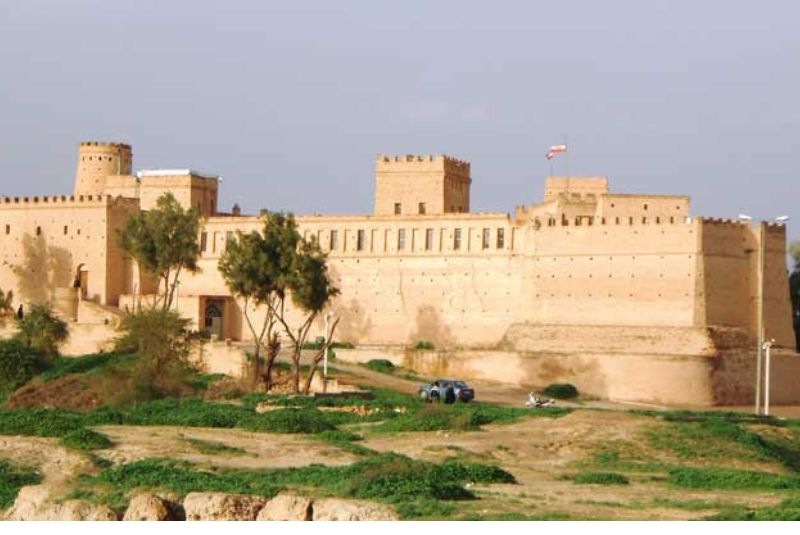
As the lower Zagros Mountains of Persia drop into Mesopotamia, Susa was formerly a component of the legendary kingdom of Elam between Babylon and ancient Persia.
Susa is situated between the Karkheh and Dez Rivers in what is now Iran, some 160 miles to the east of the famed Tigris River. It is a part of the larger area known as the "Cradle of Civilization." One of the first towns in human history to be recorded, it may be found in the oldest Sumerian writings.
Some of the main reasons that show the importance of ancient Susa are listed below:
Ahasuerus, the name of the Persian emperor (Thought to Be Xerxes I, Who Invaded Greece)
Susa was the seat of government for both the Elam Empire and the Achaemenid Empire (aka Persian Empire)
the events mentioned in Esther's Book took place in Susa
It is referenced in the books of Nehemiah and Daniel in addition to the Book of Esther (also known as "Shushan"). Nehemiah is supposed to have resided there in the sixth century BC.
Throughout the Parthian and Sasanian eras, Susa remained a significant and strategic city (they were the empires that ruled this region during the Roman period). Yes, it is a part of the UNESCO World Heritage List.
What is the Significance of Susa in the Bible?
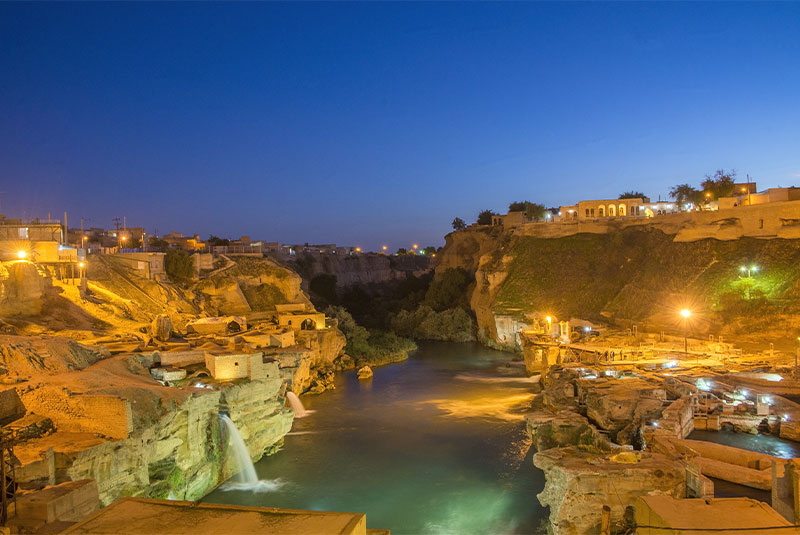
As mentioned before, in Susa Persia, when king Ahasverus (Xerxes) intended to exterminate the Jews, Esther intervened to prevent it, and the events of the Biblical Book of Esther took place.
What Happened at Shushan?
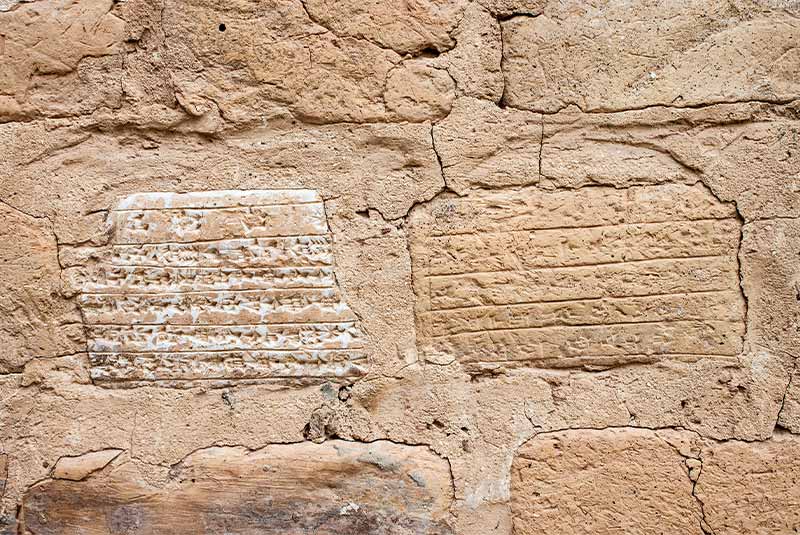
Shushan is the name of Susa in the Bible; The narrative of Esther, the Persian king's wife who concealed her Jewish heritage, is told in the Jewish festival of Purim, which is based on the Scroll of Esther. According to legend, Haman was a vizier (a king's advisor) who wished to eradicate the Jews in the Persian Empire. Esther revealed her Jewish heritage, stopped him, and saved Jewish people in Susa, Persia.
| Also Interesting0: Arg-e Bam | The Fascinating Citadel of Ancient Persia
What is the Citadel of Susa?
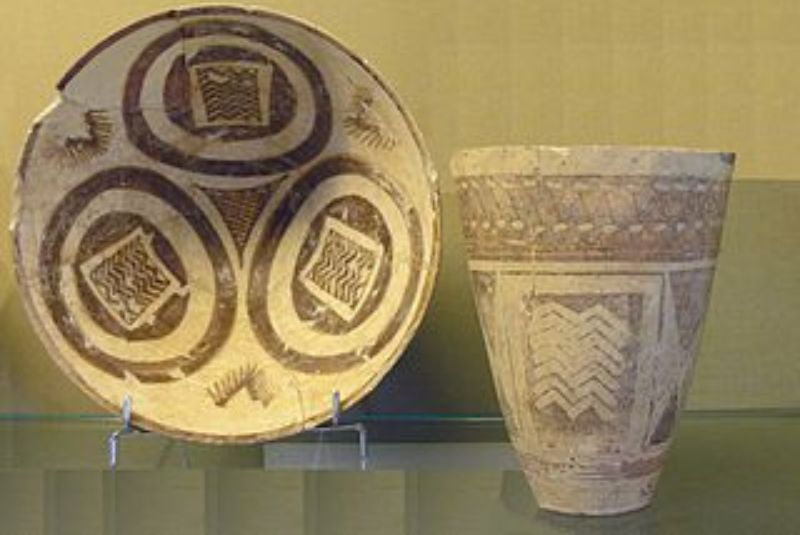
The citadel of Susa, also known as the Citadel of Shushan, was the palace of the Persian King Ahasuerus and is mentioned in the Bible's Book of Esther.
Bottom Line
Susa has been excavated and studied for more than 150 years. Yet, a sizable part of the ancient site is still underground, making it one of the world's most significant and maybe the most extensive archaeological sites today. The once-great city of Susa's ruins is now in danger due to the urbanization of Shush and hydraulic projects implemented upstream on the two nearby rivers. However, preservation efforts are still being made, and the site continues to draw tourists worldwide as an archaeological park.
Share your story!
Comment below and let us know about your Experience.
Your story inspires others!


Comment
Leave a Comment